Eicosanoids are hormone-like hydrophobic substances that act as neurotransmitters or immunomodulators. They are formed in the course of fat metabolism. The starting materials are omega-6 and omega-3 fatty acids.
What are eicosanoids?
The hormone-like eicosanoids play a major role as neurotransmitters or immunomodulators. Sometimes they provoke opposing reactions. Basically, they are mediators between the immune system and the nervous system. The eicosanoids are derived from omega-6 or omega-3 fatty acids.
They contain 20 carbon atoms, from which their name is derived. In Greek, the word twenty means "eikosi". All eicosanoids contain prostanoic acid as their basic structure. There are three series of eicosanoids. Series 1 is synthesized from dihomogammalinolenic acid (DGLA) and has anti-inflammatory properties. Therefore, the active ingredients in this series are often referred to as the good eicosanoids. Series 2 with the so-called evil eicosanoids is responsible for inflammatory reactions and pain conduction. It is made from arachidonic acid (AA).
Series 3 is derived from eicosapentaenoic acid (EPA). This series also has an anti-inflammatory effect and is the antagonist of series 2. The substance groups resulting from this series work via G-protein-coupled membrane receptors. The individual substance groups can be divided into prostaglandins, prostacyclin, thromboxanes and leukotrienes. The most important series of eicosanoids is series 2, although it contains substances that promote inflammation. However, these are defensive reactions of the body that are necessary in the acute situation.
Function, effect & tasks
The eicosanoids represent a multitude of hormone-like active substances that perform different functions for the organism. In general, these are substances that mediate between the immune system and the nervous system.
In the event of infections, injuries, trauma or exposure to foreign particles, some of the eicosanoids stimulate defense reactions, which are expressed in inflammation and pain. Opponents of these substances, which belong to the same substance class, also have an anti-inflammatory effect. Both functions are vital for the body. For series 1, dihomogammalinolenic acid (DGLA) is responsible as the starting material. This compound is the precursor of anti-inflammatory eicosanoids of series 1. At the same time, however, it is also the precursor of arachidonic acid, which in turn acts as the starting material for series 2 eicosanoids.
Arachidonic acid is always associated with the synthesis of inflammatory eicosanoids. In reality, the arachidonic acid metabolism creates metabolites with sometimes very opposite functions. Here, too, there are inflammatory and fever-increasing as well as anti-inflammatory and fever-lowering metabolites. The series 3 eicosanoids are anti-inflammatory and act as real counterparts to series 2. Their starting material is eicosapentaenoic acid and, unlike the other series, an omega-3 fatty acid. Most eicosanoids are also called prostaglandins. They are almost identical to the three series.
So there are both pro-inflammatory and anti-inflammatory prostaglandins. The prostaglandins of series 2 play by far the most important role. They are responsible for pain, inflammation and blood clotting and are therefore a special target area of the pharmaceutical industry. Various drugs are being tested to limit their effectiveness. Series 2 prostaglandins also include prostacyclin and thromboxane.
Prostacyclin is involved in the inflammatory responses. At the same time, however, it counteracts blood clotting. Thromboxane is the antagonist of prostacyclin in terms of blood clotting. It activates platelet aggregation. The leukotrienes also belong to the eicosanoids. The leukotrienes are not prostaglandins. But they are also derived from arachidonic acid. They are found in the white blood cells and also promote inflammatory processes.
Education, occurrence, properties & optimal values
The eicosanoids are derived from unsaturated fatty acids. The omega-6 and omega-3 fatty acids mainly play a role. For series 1 and 2 eicosanoids, gamma-linolenic acid is used as the starting material.
It is an omega-6 fatty acid that is synthesized from the essential linoleic acid or ingested via vegetable oils. Dihomogammalinolenic acid and arachidonic acid are formed from linoleic acid and finally gamma-linolenic acid. However, arachidonic acid is also supplied through food independently of biosynthesis. After all, linoleic acid is the starting material for both anti-inflammatory and anti-inflammatory eicosanoids. Gamma-linolenic acid is particularly found in borage oil, evening primrose oil and hemp oil.
Their starting material (linoleic acid) can be found in many vegetable oils such as sunflower oil, rapeseed oil or olive oil. The omega-3 fatty acid eicosapentaenoic acid is the starting material for the anti-inflammatory eicosanoids of series 3, which are also antagonists of series 2. Eicosapentaenoic acid is mainly found in fish oil. Salmon and herring are particularly rich in eicosapentaenoic acid.
Diseases & Disorders
All eicosanoids perform extremely important functions in the body. The inflammatory reactions caused by various prostaglandins are also vital for physical defense reactions.
However, these prostaglandins are also active in allergic reactions and autoimmune diseases. In this case the immune reaction is directed against normally harmless foreign proteins or, in the case of autoimmune diseases, even against the body's own proteins. It is not yet fully understood which processes lead to these incorrect reactions. However, the enhanced effects of Series 2 eicosanoids can also lead to this. To prevent this, there must be a balanced ratio between omega-6 and omega-3 fatty acids in the diet.
Today, omega-6 fatty acids are ingested in sufficient quantities with food. However, there is often a deficit of omega-3 fatty acids, as this can now be mainly obtained from fish oil. However, diseases such as diabetes mellitus, obesity, stress, liver diseases, physical inactivity or a lack of vitamins and minerals can also affect the metabolic processes in the body in such a way that an imbalance between omega-6 and omega-3 fatty acids is created. The result is increased inflammatory reactions and the increased occurrence of allergies, asthmatic complaints and autoimmune diseases.

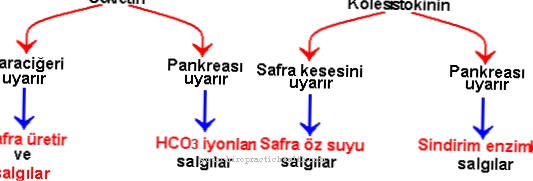

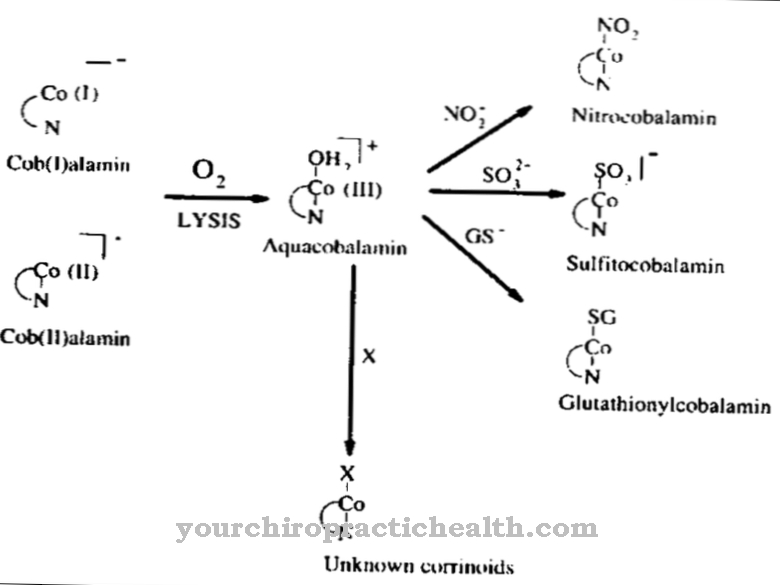
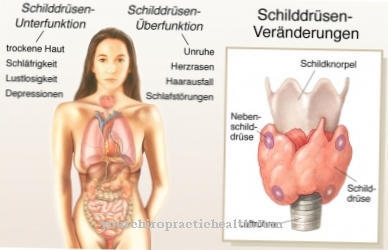
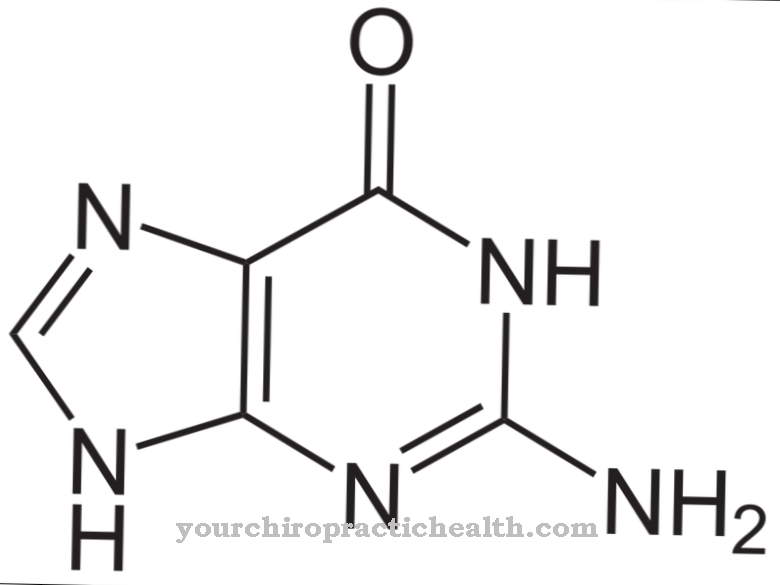
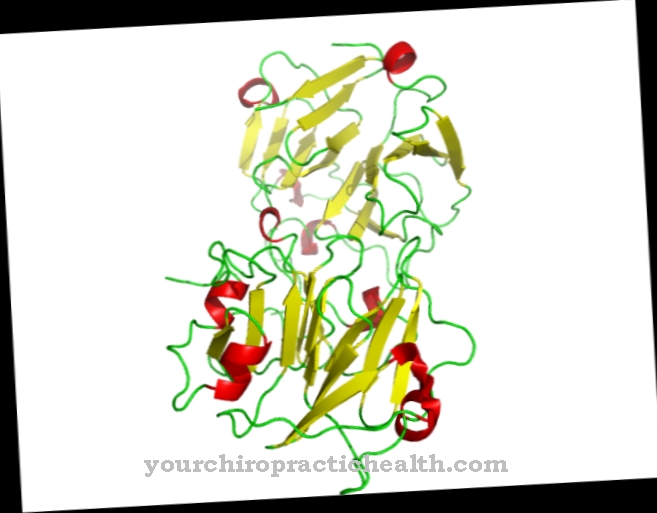

















.jpg)



